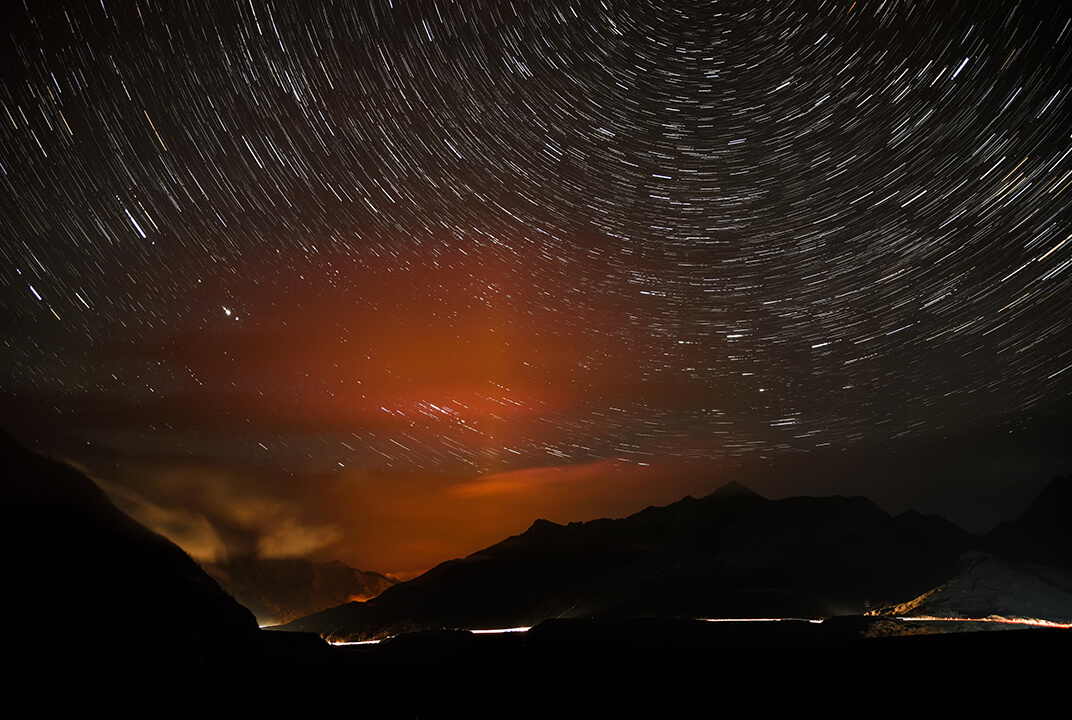Space Sustainability Report
Insight | Space explained: How much space junk is there?
Space explained: How much space junk is there?
null
There have only been about 6,300 successful rocket launches in human history, but this number has resulted in millions of pieces of human-made debris orbiting the Earth. With potentially tens of thousands more launches planned over the next decade, a massive increase in space junk is raising real concerns over space sustainability. Alex Cacioni, Director, Flight Dynamics, explains more.
Space junk stats
The European Space Agency (ESA) publishes detailed figures on how many human-made objects are in space. In total, the 6,300 successful rocket launches since 1957 have delivered 14,450 satellites into Earth’s orbit. Over that same period there has also been more than 630 explosions, collisions, or other unplanned events that have caused objects to split apart or fragment.
There are currently about 32,750 objects tracked and catalogued by the Combined Force Space Component Command (CFSCC), part of the Combined Space Operations Center (CSpOC) at Vandenberg Space Force Base in California, U.S. These objects are observed and tracked by monitoring reflections from the sun and fed into a complex algorithm, which can determine an object’s size and distance from Earth. This is a highly advanced scientific practice, with CSpOC’s team able to pick up an object only 50cm in size travelling at 3km per second 35,786km away in geostationary orbit. This is part of the United States Space Surveillance Network (SSN).
However, the real problem is the space junk we cannot see.
Based on statistical models produced by ESA’s space debris office, it is estimated that there are 36,500 objects larger than 10cm, 1 million objects between 1-10cm, and an extraordinary 130 million objects between 1mm to 1cm. These tiny objects could be anything from paint flecks from rockets or small fragments created from in-orbit impacts. But travelling faster than a bullet, they can still cause an incredible amount of damage to something else in orbit. The kind of destructive crashes shown in movies like 2013’s ‘Gravity’ may not remain a work of fiction.
Where does it all come from?
Over the years, humankind has sent more than 10,000 tonnes into orbit in total. Much of the debris currently in space is the result of accidents, failures or, in some cases, deliberate destruction. Over time, many satellites also become obsolete, stop functioning, or were accompanied into space with detachable items, like rocket boosters, which operators planned to leave in space.
One such well-publicised accidental collision occurred in 2009, when the commercial Iridium 33 satellite crashed into an out of service Russian satellite in low Earth orbit, at more than 41,000kmh per hour. It was the first time two satellites had crashed into each other, creating a debris cloud of more than 2,000 pieces, which continued orbiting, spreading across the skies around the globe.
More recently, China’s Yunhai 1-02 satellite broke apart when it was hit by a chunk of a Russian Zenit-2 rocket in August 2021, which had been orbiting Earth since 1996. It is still unclear how much debris was created by the crash, or whether the Chinese satellite is still operational.
Another cause of space debris is the use of Anti-Satellite (or ASAT) weapons, which are missiles launched from Earth to destroy satellites in low Earth orbit. Such tests can create thousands of pieces of debris and this deliberate destruction of objects in space has been widely condemned by members of the international community. ASATs have been tested over the years by many countries. They were first tested by the U.S. and Soviet Union in the 1970s and 80s, and more recently tests have been conducted by nations including China, the U.S., India, and Russia.
Led by the U.S. and UK, there is now a robust diplomatic push underway at the UN to establish norms of safe and predictable behaviour among all satellite operators. The aim is to prevent an arms race in space, including through a universal moratorium on debris-creating ASAT tests. In April 2022, the U.S. declared a ban on its own ASAT testing and called for other nations to join the initiative. The UK followed by joining the ban in October 2022.
How big a problem is space junk?
In simple terms, the answer is that space junk is a serious problem and could create lasting problems for generations to come.
While there have been relatively few documented collisions so far, each one creates more debris, which increases the chances of further collisions. Even a tiny fragment only 1cm in diameter can do real damage if it is moving at thousands of kilometres per hour. In May 2021, a small piece from a Chinese weather satellite – one which was destroyed in a 2007 ASAT test– hit the International Space Station (ISS), causing a 5mm hole in one of its arms. Luckily, the collision did not cause any lasting damage to ISS.
Most debris is currently in LEO, where the ISS is located and a lot of human activity takes place, and where around 100,000 more satellites are proposed to be launched by 2030. Such a large increase could create a cascade of collisions, which in turn could lead to an exponential rise in impacts and a never-ending increase in debris. This phenomenon is known as Kessler Syndrome, and if it occurred could make some LEO orbits unusable for decades. As LEO is also closest to earth, a Kessler Syndrome scenario could mean we would not be able to get beyond LEO to reach higher orbits or even for missions leaving for the Moon, Mars and elsewhere in the solar system.
How can we protect space?
Space sustainability is a cultural mindset that we recommend should be at the heart of all satellite operations, with the aim of using the space domain responsibly and with consideration for all users and for future generations.
As mentioned, the U.S. and the UK are already applying diplomatic pressure through the UN to establish safe and sustainable practices. Unfortunately, international regulation is a complex process and is currently moving more slowly on the truly meaningful issues confronting the space sector than the technology itself. International cooperation is difficult: there are no borders in space and no ‘space police’ to make sure operators act sustainability.
However, we believe it is time for responsible nations and satellite operators to establish a “coalition of the willing” at the highest political level among participating countries and which would commit collectively to shared principles, regulations and coordinating mechanisms for safe space operations and orbital development. You can read more in our latest space sustainability report.
This article covers the topic of space debris, the rise of which in recent years has led to real concern over the future of space. Our previous article highlights what we mean by the second Space Age and our next article will answer ‘how do satellite orbits work?’
About the author
Alessandro (Alex) Cacioni is the Director of Flight Dynamics for Inmarsat. Alex completed his studies in aeronautical engineering in Rome, where he also qualified as a pilot. He has been involved in the space industry for over 35 years working on all aspects of geostationary satellite operations. As Director of Inmarsat's Flight Dynamics group, he is responsible for the orbital positioning and station keeping strategy of the Inmarsat fleet.
Alex is also part of the ISO TC20/SC14 which builds space standards for best practices, and he represents the UK in the ECCS (European Co-operation for Space Standardisation) in both Space Debris and Space Traffic Management working groups.


